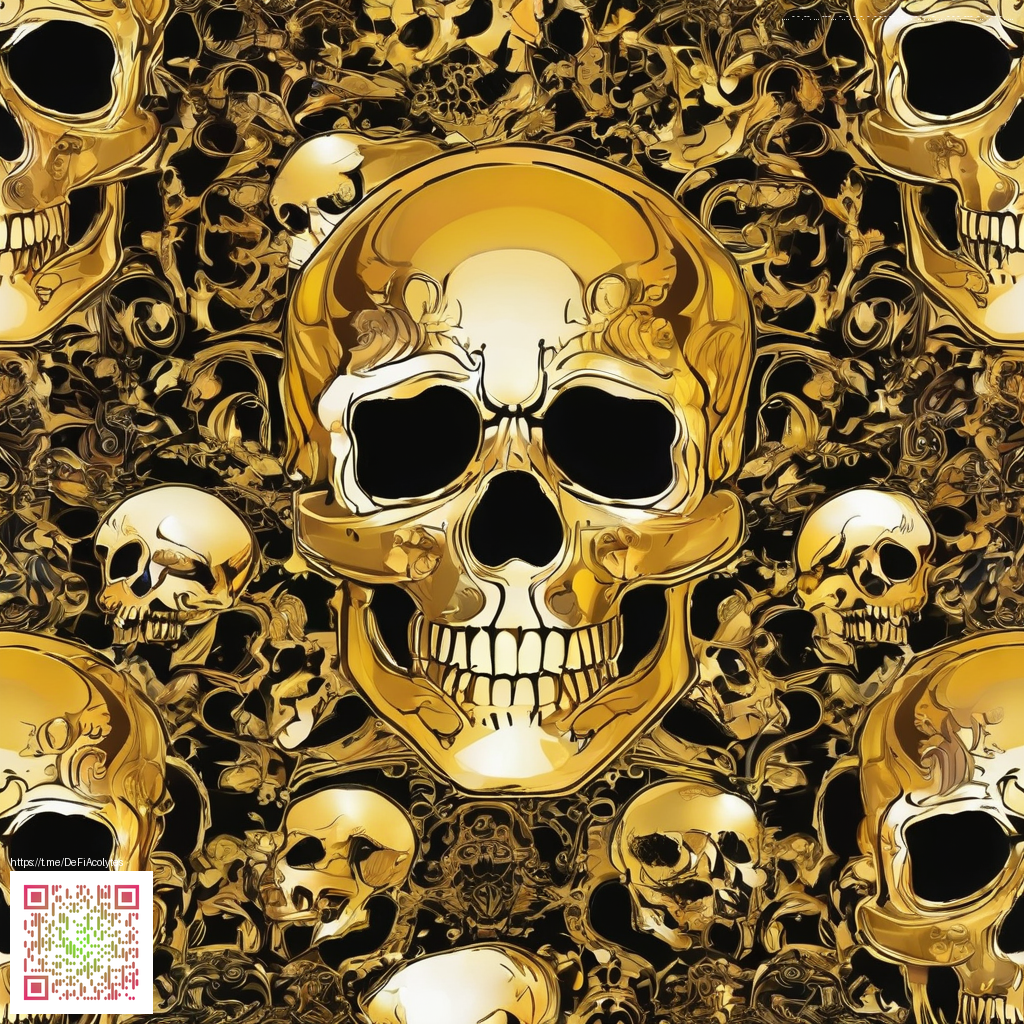
Unlocking the most popular color schemes in digital art
In the world of digital art, color is more than decoration—it's the immediate language that communicates mood, depth, and momentum. The best-selling color schemes tend to balance familiarity with a touch of novelty, giving audiences a sense of cohesion while still sparking curiosity. Whether you’re crafting bold character portraits, atmospheric landscapes, or sleek UI artwork, the right palette can lift pieces from good to persuasive in a single glance.
In practice, artists often lean on a few reliable families of color relationships: duotones, triadic harmonies, analogous progressions, and thoughtfully chosen neutrals with a single anchor hue. For a sense of how these palettes play out in real-world works, consider a broad spectrum of color-driven art on the web, and use it to guide your own experiments. For inspiration and visual examples, you can explore the page at https://zero-images.zero-static.xyz/e86e7d6d.html, which showcases palettes in action across different styles and subjects.
Popular color schemes that sell
- Duotone dynamics: Two carefully chosen hues create instant contrast. Classic pairings like navy with coral or teal with peach read as bold yet balanced, making artworks stand out on social feeds and storefronts.
- Monochrome with a bold accent: A grayscale base layered with a single, saturated accent (electric pink, emerald, or cobalt) conveys drama while keeping the composition accessible and versatile.
- Analogous harmony: Colors next to each other on the wheel—think blues, teals, and greens—deliver a cohesive, soothing vibe ideal for concept art and environment design.
- Triadic clarity: A balanced trio (such as red, blue, and yellow) offers lively contrast without becoming overwhelming, perfect for character design and vibrant illustrations.
- Vibrant neons with dark grounding tones: Electric magenta, lime, or cyan paired with deep charcoal or navy adds a contemporary, high-energy feel often favored by sci‑fi or cyberpunk aesthetics.
- Earthy palettes with a modern twist: Terracotta, olive, and creamy neutrals bring warmth and approachability, especially for portraits and nature-inspired pieces.
- Pastel palettes with punchy accents: Soft pinks, blues, and lavenders become welcoming backdrops when punctuated by a bright accent color for focal elements.
- High-contrast black-and-white with an accent: A grayscale foundation with a single bold color can create dramatic, editorial-ready visuals that perform well in print and online alike.
“Color is a language all its own. The best-selling palettes translate emotion at a glance, letting the viewer feel first and understand later.”
As you plan your next piece, map your mood to a color family. For storytelling in digital art, the palette should reflect narrative beats—the calm of an opening scene, the tension of a climactic moment, the resolve of a closing frame. The palettes above aren’t prescriptive rules; they’re proven starting points that help you iterate faster and connect with viewers more effectively.
On a practical note, even a well-organized workspace can influence how you approach color. A sturdy desk setup—a simple accessory like the Phone Stand for Smartphones 2-Piece Wobble-Free Desk Decor—keeps reference images and color swatches at eye level, reducing pauses and helping you test palettes in real time. If you’re curious, you can visit the product page for details: https://shopify.digital-vault.xyz/products/phone-stand-for-smartphones-2-piece-wobble-free-desk-decor. It’s small, but it supports a smoother creative flow during long sessions of palette exploration and revision.
Practical steps to apply palettes in your workflow
- Start with a base hue that reflects the scene’s temperature (cool for calm, warm for energy) and build your scheme around it.
- Add an accent color that will draw attention to focal points—eyes, a key object, or an area of high contrast.
- Test the palette in grayscale first to ensure tonal balance remains strong without color cues complicating readability.
- Limit the palette to 3–5 hues in most pieces to preserve coherence, then swap out one hue to explore mood changes.
- Keep a palette swatch sheet or digital palette file handy as you work, so you can reference composition, lighting, and material textures consistently.
Experimentation is the secret sauce. Try updating a single element—like a chair in a scene or the glow from a signage panel—using a different color relationship and compare the resulting energy. Over time, you’ll notice which schemes align with your audience’s expectations and which ones push your style in new directions. For more visual experiments and stylized references, the page linked earlier serves as a useful companion as you refine your approach.